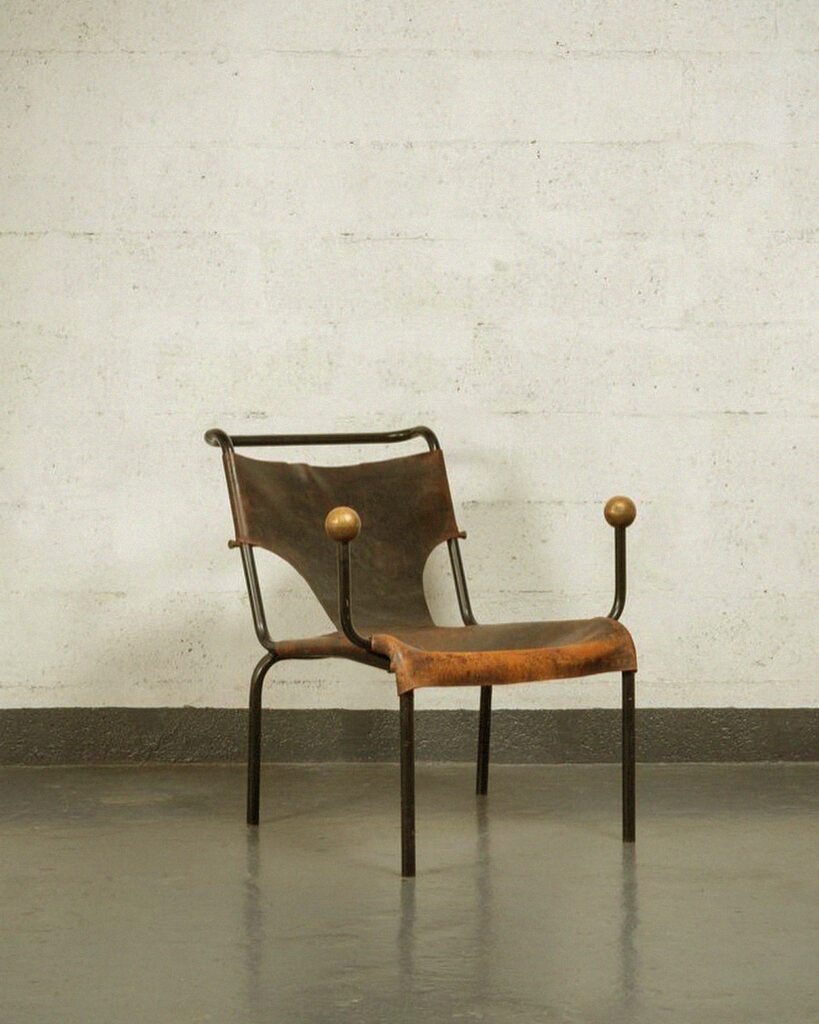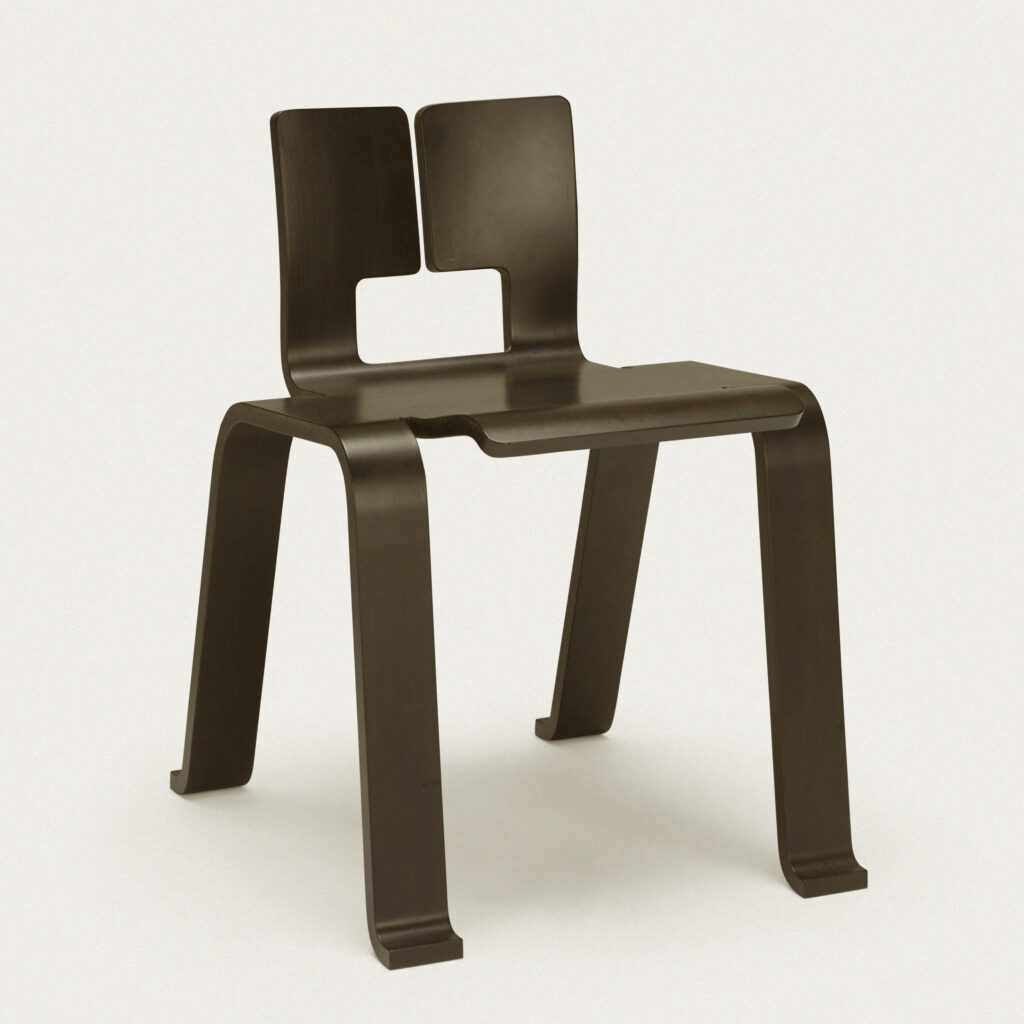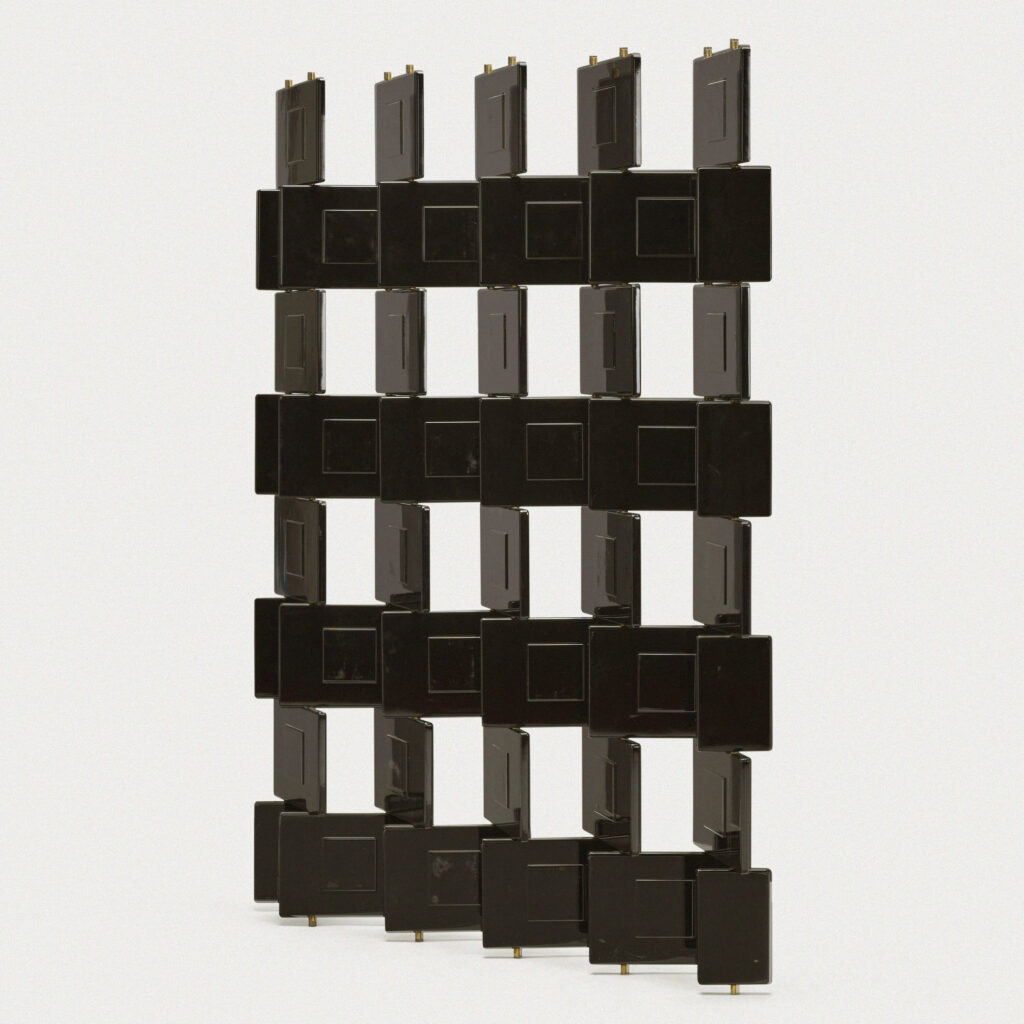
Objects That Move (me)
by Si̇nem Kurultay
During my design studies, the names of prominent women designers were surprisingly scarce. Ray Eames was a notable exception, though I initially assumed she was part of a “brother partners” duo. The prevailing narrative celebrated starchitects and their relentless pursuit of built form, creating a distinctly masculine landscape.
Thankfully, a shift is underway. Design history is being revised to include the contributions of women long overlooked or erased. This reflects a broader societal movement towards inclusivity, recognizing that a more accurate and equitable narrative is essential.
Feminist scholarship plays a crucial role in this process, uncovering the significant work of women previously marginalized. This article aims to celebrate these designers, acknowledging not only the aesthetic value of their work but also the stories of resilience and ingenuity they represent, stories long denied their rightful place.

Bola Armchair
Lina Bo Bardi (1914–1992) was one of those rare architects who challenged the norms, fighting gender and cultural biases with every project she took on. Her feminist philosophy was rooted in social equity, accessibility, and a deep commitment to people, which was reflected in both her architecture and her furniture designs. She rejected elitist, Eurocentric modernism and instead sought to create spaces that reflected Brazil’s diverse society.
In one of her early projects, the Bola Armchair (1951), she collaborated with Giancarlo Polanti at Studio D’arte Palma. The chair was designed to prioritize comfort and flexibility, encouraging social interaction and inclusivity. For me, the clever use of armrests is what stands out. They are designed so that you can either engage with the chair or let your arms just be. It’s one of those simple ideas that only a truly thoughtful designer would explore.

Ombra Tokyo Chair
Charlotte Perriand (1903–1999) believed that design should improve daily life, creating functional and accessible furniture for all. While often overshadowed by her high-profile collaborators like Le Corbusier—whose famously “difficult” personality she had to navigate—Perriand played a pivotal role in shaping iconic designs such as the LC4 Chaise Longue, one of the few pieces of furniture designed with female proportions in mind, as she used her own body to perfect the design. Her work, celebrated for its blend of elegance and practicality, is now housed in major museums worldwide. Though she championed inclusive, democratic design, it’s ironic that today her furniture often fetches sky-high prices, putting it out of reach for the very people she aimed to serve.
Perriand’s legacy reminds us of the delicate balance between aesthetics and social purpose, showing that design can be both beautiful and accessible— if only one can afford it.
The Ombra Tokyo Chair, also known as the Ombre Chair, with its minimalist design and use of a single material, perfectly reflects Perriand’s later design philosophy. After parting ways with Le Corbusier, partly due to political differences, she felt the need to explore different manufacturing methods, particularly with wood. She lived in Japan for
six years, where she studied Eastern design techniques, which she later incorporated into her furniture designs. The Ombra Tokyo Chair is compact yet feels incredibly purposeful. It incorporates Perriand’s later learnings of Eastern design and is strongly influenced by the Japanese art of origami. To me, it captures the essence of what Perriand set out to achieve: a functional chair that doesn’t try too hard.

Brick Screen
Eileen Gray (1878–1976) grew up in an aristocratic, art-loving family and studied at the Slade School of Art in London, one of the first women to do so. She moved to Paris in 1902, where she spent the rest of her life. While privileged, Gray still faced significant sexism and gender bias in a male-dominated field, and many of her groundbreaking contributions were overshadowed by her male counterparts.
One of the most painful moments in her career involved Le Corbusier’s vandalism of
her iconic E-1027 villa, which wasn’t just a personal betrayal but a larger reflection of how women’s work was erased from design history.
In the early stages of her career, Gray was influenced by the Arts and Crafts movement, which focused on reviving traditional crafts and the link between design and production. She learned the craft of lacquering from her mentor, Japanese lacquerer Seizo Sugawara, who taught her techniques involving up to 20 coats of resin, each taking several days to dry. Traditionally, Japanese craftsmen worked in humid seaside conditions to facilitate this process, and Gray adapted this by converting her
bathroom into a workspace for producing Art Deco-style screens and furniture.
The brick screen, in particular, holds a special place for me—it can shift and adapt, creating different levels of privacy depending on its position. It playfully contrasts the seriousness of modernist “soulless” architecture created by men of the era, serving as a cheeky nod to her own design sensibility that was both beautiful and functional.
Lina Bo Bardi’s Bola Armchair, Charlotte Perriand’s Ombra Tokyo Chair, and Eileen Gray’s Screen are functional and iconic. Designed by women who defied the odds, these pieces don’t just stand the test of time, they sit, lean, and adapt through it. Each piece proves that great design, like the women behind it, is just built to endure.
Sinem Kurultay’s featured photograph by Elif Kahveci.



